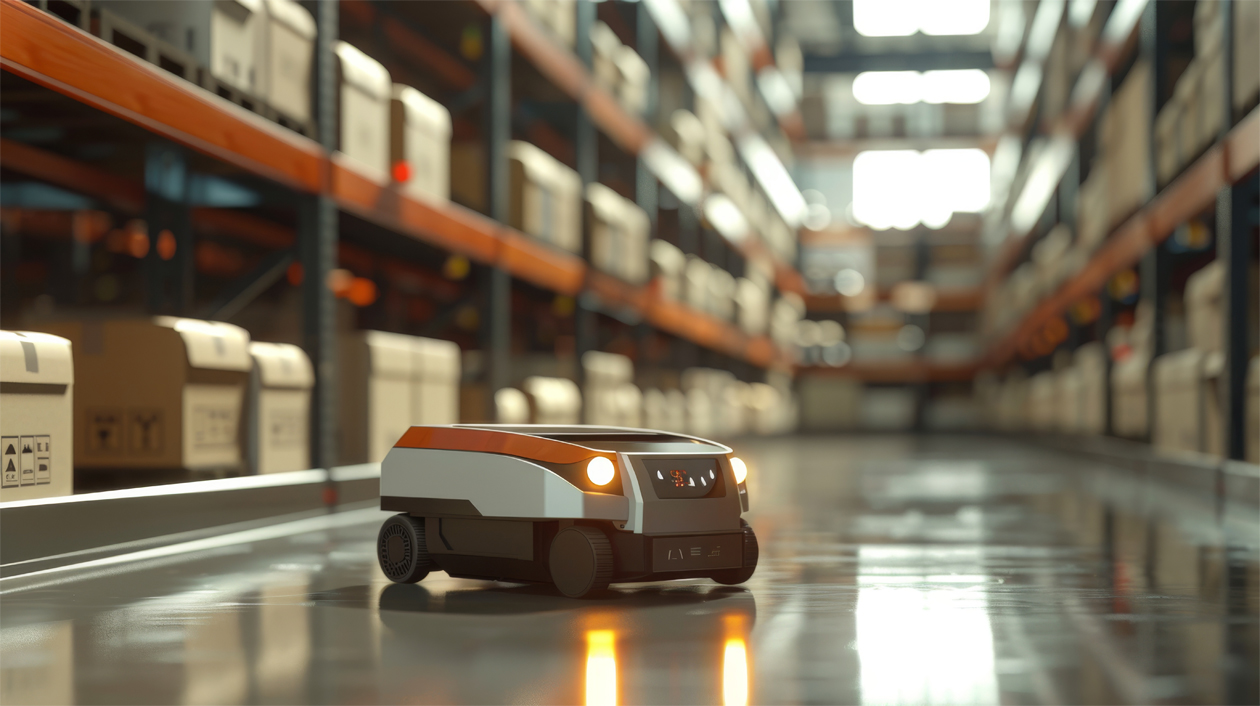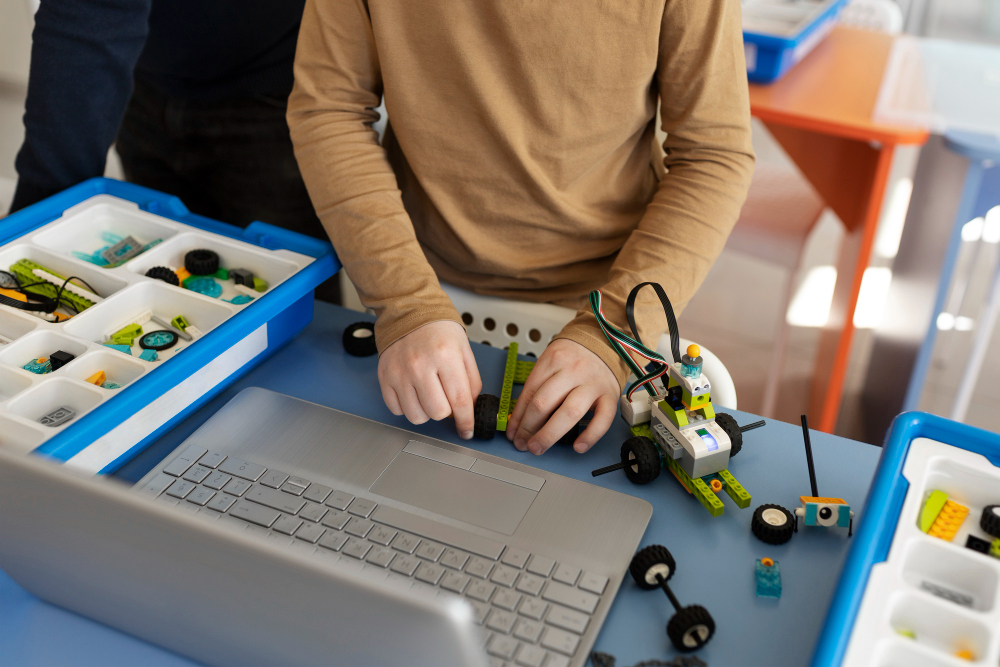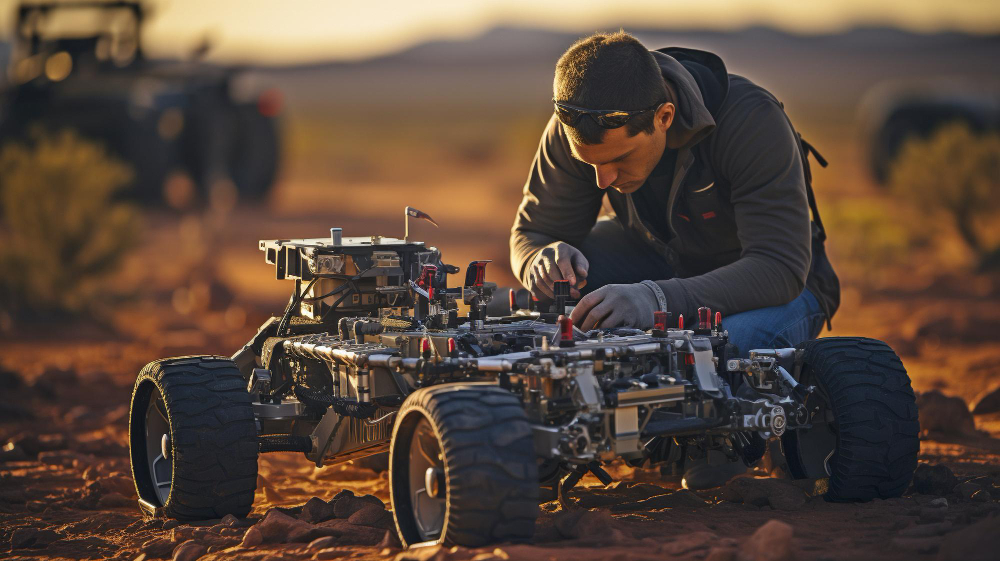In the ever-evolving field of robotics, innovation is driven by rigorous testing and refinement. A critical component of this process is the use of simulation environments. These virtual arenas allow engineers to design, test, and optimize robots in a controlled, repeatable manner before deploying them in the real world. This blog post delves into the importance of robotics testing and simulation environments, exploring their benefits, key technologies, and real-world applications.
The Importance of Simulation in Robotics
Robotics simulation environments serve as a bridge between theoretical designs and practical implementations. They offer several crucial advantages:
- Cost Efficiency: Building physical prototypes can be expensive and time-consuming. Simulations enable extensive testing without the associated costs of materials and construction.
- Safety: Testing robots in the real world can pose safety risks, especially in hazardous environments. Simulations provide a risk-free platform to identify and rectify potential issues.
- Speed: Simulation accelerates the development process by allowing for rapid iterations. Engineers can quickly modify designs and instantly observe the outcomes.
- Complex Scenarios: Simulating complex environments and interactions is often more feasible than creating them physically. This is especially true for scenarios like space exploration or deep-sea missions.
Key Technologies in Robotics Simulation
Several cutting-edge technologies underpin modern robotics simulation environments:
Physics Engines: These are the core of any simulation, providing realistic modeling of physical interactions. Popular physics engines include Bullet, ODE (Open Dynamics Engine), and MuJoCo.
3D Modeling: High-fidelity 3D models of robots and environments are crucial for accurate simulations. Tools like Blender and CAD software are commonly used for this purpose.
Simulation Platforms: Comprehensive simulation platforms such as Gazebo, Webots, and ROS (Robot Operating System) integrate physics engines and 3D modeling to create robust testing environments.
Machine Learning Integration: AI and machine learning algorithms are increasingly being integrated into simulations to improve robotic decision-making and adaptability.
Applications of Robotics Simulation
The applications of robotics simulation span various industries and research fields:
Autonomous Vehicles: Companies developing self-driving cars use simulations to test driving algorithms under diverse conditions, from busy urban streets to rural roads.
Healthcare: Medical robots, including surgical assistants and rehabilitation devices, undergo extensive simulation to ensure precision and safety.
Manufacturing: Simulations help in designing and optimizing robotic assembly lines, improving efficiency and reducing downtime.
Space Exploration: Space agencies like NASA use simulations to prepare robots for missions on other planets, where physical testing is not feasible.
Disaster Response: Robots designed for search and rescue operations are tested in simulated disaster scenarios to enhance their effectiveness and reliability.
Feel free to share your thoughts and experiences with on-demand computing in the comments below! Let’s get the conversation started.






